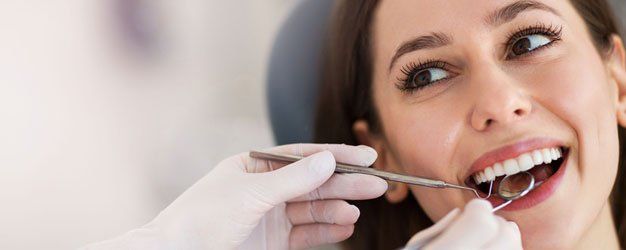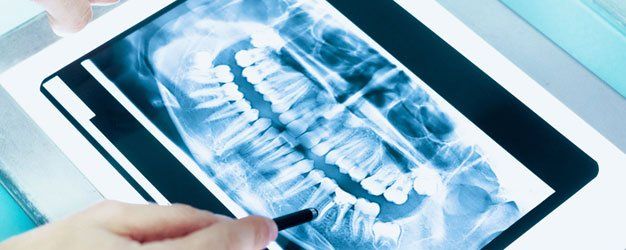Preventative Dentistry
Open Since 1989 | Most Insurance Accepted | Emergency Services Available
Open Since 1989Most Insurance AcceptedEmergency Services Available
Make a Dental Visit Every Six Months
The American Dental Association recommends you come back to see your dentist every six months. This is because regular dental visits are essential for the maintenance of healthy teeth and gums.
In between those examinations, it’s important that you work to keep your teeth and gums clean and healthy. If you need additional help, more frequent visits may be necessary. Make an appointment to have your regular preventative dental cleanings here at Scotia Glenville Dental Center.

Regular Dental Checkups
Checking your teeth for tooth decay is just one part of a thorough dental exam. During your checkup, we will evaluate the health of your gums, perform a head and neck examination and examine your mouth for any indications of oral cancer, diabetes or vitamin deficiencies.
Your dentist may also examine your face, bite, saliva and movement of your jaw joints (TMJs). We will then clean your teeth and stress the importance of you maintaining good oral hygiene at home between your visits.
Many dentists will pay special attention to plaque and tartar. Plaque and tartar can build up in a very short time if good oral hygiene is not practiced between visits. Food, beverages and tobacco can stain teeth as well. If not removed, soft plaque can harden on the teeth and irritate the gum tissue.
If it is not treated, plaque can lead to gum disease. During your regularly scheduled appointments, we will look at your gums, mouth, tongue and throat.

Parts of a Routine Dental Exam
Head and neck examination
Your dentist will start off by:
- Examining your face
- Examining your neck
- Checking your lymph nodes
- Checking your jaw joints (TMJs)
Clinical dental examination
Next, your dentist assesses the state of your teeth and gums by:
- Examining the gums
- Looking for signs of gum disease
- Checking for loose teeth
- Looking at the tissues inside of your mouth
- Examining your tongue
- Checking your bite
- Looking for visual evidence of tooth decay
- Checking for broken teeth
- Checking for damaged fillings
- Looking for changes in the gums covering teeth
- Evaluating any dental appliance you have
- Checking the contact between your teeth
- Taking X-rays
Dental cleaning
During your dental visit, your dental professional will:
- Check the cleanliness of your teeth and gums
- Remove any plaque and tartar
- Polish your teeth
- Floss between your teeth
- Review recommended brushing and flossing techniques
Once your examination and cleaning are complete, they’ll tell you about the health of your teeth and gums and make any additional recommendations.
By seeing your dentist on a regular basis and following daily good oral hygiene practices at home, you are more likely to keep your teeth and gums healthy.
Panoramic X-ray
A panoramic x-ray is an important diagnostic tool. It covers a wider area than a conventional intraoral X-ray and provides valuable information about the nasal area, maxillary sinuses, tooth positioning and gum and bone irregularities.
This examination is also used to plan treatment for full and partial dentures, braces, extractions and implants. X-rays can be used to get a better look at:
Advanced periodontal disease
Oral cysts
Tumors and oral cancer
Impacted teeth
Temporomandibular joint disorder (TMJ)
Sinusitis
Bitewing X-rays
Bitewing X-rays show the details of the upper and lower teeth in one area of the mouth. Each bitewing X-ray shows a tooth from its crown to around the level of the supporting bone.
Bitewing X-rays are used to detect any decay between teeth and changes in bone density caused by gum disease. They are also useful in determining the proper fit of a crown (or cast restoration) and the marginal integrity of fillings.
Cone Beam CBCT Scan:
Cone beam computed tomography is a medical imaging technique consisting of X-ray computed tomography where the X-rays are divergent, forming a cone. CBCT has become increasingly important in treatment planning and diagnosis in implant dentistry, ENT, orthopedics, and interventional radiology, among other things.
Affordable Dental Services
All our dental services at Scotia Glenville Dental Center are offered at highly affordable rates. Most insurance is accepted as well. Call us to schedule your appointment.
Call
(518) 377-4431
(518) 377-4431
to schedule your appointment!


Share On: